| Introduction | Forest Types | |
| Forest Characteristics | Management | |
| Forest Contributions | Special Considerations | |
| The Forest Plan | Assistance |
![]()
FOREST MANAGEMENT GUIDELINES FOR MICHIGAN |
| Introduction | Forest Types | |
| Forest Characteristics | Management | |
| Forest Contributions | Special Considerations | |
| The Forest Plan | Assistance |
![]()
FOREST MANAGEMENT GUIDELINES FOR MICHIGAN |
Special Management Considerations
[Back to main page for special considerations]
Wildlife Habitat
Wildlife are an integral part of forest ecosystems. Species composition, population dynamics, and corresponding habitat requirements are folded into a complicated web of scientific, economic, and social factors. The diversity of vegetation provided by various silvicultural practices provides habitat required by numerous wildlife species. Therefore, sound forest management practices are a key to managing wildlife. The implementation of various management strategies, such as even‑aged and uneven-aged silvicultural techniques, or simply no active management, provides a variety of stand ages, tree sizes, and plant compositions. Within a stand, habitat quality is determined by size, shape, distribution, and species composition. Size, timing, shape, and juxtaposition of timber harvesting can be critical for maintaining selected wildlife species or a diversity of species.
Maintaining a diversity of tree species within and among stands provides an important role in maintaining the biodiversity associated with forest ecosystems. Michigan has nearly 600 species of birds, fish, mammals, amphibians, and reptiles that live or visit the state. Most of these depend upon forests for at least one aspect of their life cycle. Additionally, there are thousands of invertebrate species and other life forms.
Forest owners should seek to balance their species goals and expectations for population levels with the ability of the property to provide quality habitats. It is also important to take into account the surrounding land types and uses to assure there is no conflict with neighboring property goals and expectations and, perhaps, to identify opportunities for collaboration and cooperation.
To increase the beneficial effects of forest management for wildlife, it is important for forest owners to consider and provide the specific food, cover and reproductive conditions for the wildlife they are interested in featuring on their property. These requirements should be addressed when developing a forest management plan. It is important to note though, that management for one species will produce unfavorable conditions for other species. The following sections describe habitat elements to consider when managing your forest for wildlife.
Forest Edge
Edge is the margin between different habitats. Whenever two habitats come together, the edge will be more favorable to more wildlife species than either type alone. Edge is directly related to diversity. The more edge that is available, the more diverse the habitats, even within a single-type timber stand. The distribution of habitat components within the landscape is usually more important for wildlife than the amount of any one habitat component. Edge makes food, cover, and water available in a much smaller area, thus reducing an animal’s need for long movements to meet its daily survival needs. Natural resource managers create more edge in forests by developing a diversity of age classes in a forest type, converting a forest type by planting a new tree species, or cutting back forest borders around fields, food plots, roads, and trails.
Other wildlife species, however, are less likely to utilize edge habitats, such as ovenbirds, pine martens, saw-whet owls, and red-backed salamanders. These species do better in larger tracts of a forest type, often composed of similar forest types. Therefore, forest owner species preference and land capability should be evaluated prior to prescribing any silvicultural practice.
Planting, Seeding, and Fertilizing
In many forest areas, one critical habitat often lacking is open area. These areas provide sites for nesting and rearing of young for many forest birds and mammals. Existing open areas can be enhanced by planting, seeding, and/or fertilizing. Landings from logging, and other open or disturbed areas, may be seeded with perennial grasses. Shrub species may also be planted that provide additional food and/or cover. When considering planting or seeding to enhance habitat, forest owners are encouraged to use native plant species that are well-adapted to the site conditions and climate.
Application of fertilizer to enhance plant growth should always be used with caution. The application of additional nutrients may make plants more attractive to herbivores (e.g. deer, rabbits, squirrels). The added browsing by these species may make it difficult to establish plantings. The application of fertilizer may also adversely affect the soil for plant species (and associated wildlife) that are adapted to nutrient-poor sites. Consider consulting a professional wildlife biologist before planting, seeding, or fertilization projects are undertaken.
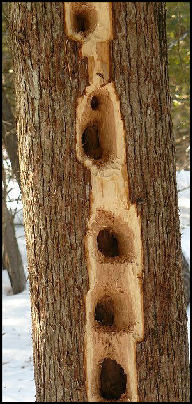 Snags and Dead and Downed Woody Material
Snags and Dead and Downed Woody Material
When developing a forest management plan consider leaving some snags and downed woody material. Snags are the dead, standing trees that typically make up approximately 5% to 10% of a forest. Snags provide habitat for species including woodpeckers, squirrels, and raccoons. Decaying logs, stumps, and tree tops also provide benefits when left on the forest floor, although they may also be visually displeasing to some people. Besides providing habitat for many mammals, birds, reptiles and amphibians, the decaying plant material returns nutrients to the soil and provides regeneration sites for certain trees and plants. Treetops and other logging slash can also provide seedling protection from browsing animals.
Mast Producing Trees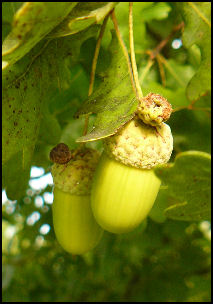
Seeds produced by mature trees provide a food source for wildlife. These seeds are referred to as “mast”. Trees which consistently produce mast are valuable forest components for many wildlife species. Maintaining a variety of hard mast (e.g. acorns) and soft mast (e.g. berries) trees will assure year round food sources for many small mammals and birds that have small home ranges. In timber stands containing hard mast producing trees, consideration should be made to ensure a multi-aged distribution of trees to provide mast well into the future. When determining which mast trees should be retained in a forest stand, consider leaving and/or releasing trees with large crowns for mast production. Doing so is usually a trade-off between high quality timber production and large crowned trees which provide high quality wildlife food.
Soft mast is an important food source for many species of wildlife but is available for a relatively short duration. Most species produce at varying times, so collectively they are available throughout most of the growing season. Soft mast production is also affected by the amount of canopy in the stand. Improved soft mast production can be increased by opening up the canopy and providing openings where these plants can grow.
Conifer Cover
Both upland and lowland conifer stands are valuable components for many species. The micro-climate on the forest floor beneath these stands often provides habitat for many plant and wildlife species. Rare plant species can often be found in these environments. Mature stands of northern white cedar and eastern hemlock provide winter cover for white‑tailed deer and are important year-round nesting and escape habitat for other wildlife species, such as songbirds. Small inclusions of conifers in hardwood stands can also increase the use of these stands by wildlife species.
Aspen
Plants associated with the aspen forest provide a variety of food and cover needed by many wildlife species. Because it is a pioneer forest species, aspen can build nutrients into soil, making the site more beneficial to other plants. Maintenance of this important forest type is important since the area of aspen stands, and the plants associated with them, have decreased across the Michigan landscape. The maintenance of various age classes of aspen and other deciduous species, especially near conifer cover, is important as a wildlife food source. For many bird species, these dense, regenerating stands provide food during the winter as well as dense nesting, hiding, and brood cover during the spring and summer.
Vernal Ponds, Small Ponds, Natural Seeps, and Springs
Within many forest stands, there are natural springs or seeps. These conditions provide special micro-habitats for some plants. These areas can also provide habitat components for a variety of wildlife including salamanders, frogs, and several forest birds. Protection of these areas should be considered in your forest management plan. Vernal ponds are those that typically occur only in the spring.
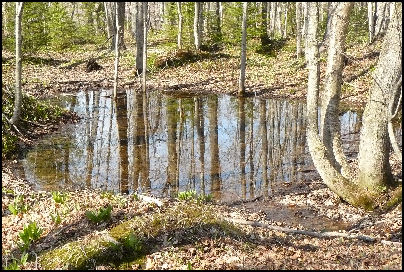
Roads and Trails
When completing a timber harvest, consider closing roads to vehicles until the next timber harvest is scheduled. Reducing vehicle access can reduce disturbance to forest dwelling wildlife and lessen the risk of introducing invasive species.
Diverse Forest Conditions
Maintaining a wide range of age classes and stand sizes across all of Michigan's forest habitat types is important for maintaining biodiversity. Some wildlife species, such as ruffed grouse, require relatively young trees (as well as older ones) while other species (woodpeckers and other cavity nesting birds and black bears) require older trees to meet some of their habitat needs. In providing these habitat conditions, natural resource managers should attempt to use timber harvest regimes that emulate natural disturbance patterns.
Because of the diversity of forest habitat types throughout Michigan, there are many rare, endangered, and threatened species of plants, insects, reptiles, amphibians, birds, and mammals. Forest owners should be aware that these species exist, and striving to help maintain Michigan's diverse habitat conditions will help conserve these species.
Deer In the Forest
As foresters in Michigan strive to maintain forests to provide healthy forests and a variety of wildlife habitat, forest owners should be aware of the impacts of too many deer in the landscape. Studies of high deer populations have 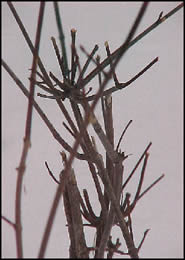 repeatedly shown adverse affects on forest environments, reduced species diversity, elimination of tree regeneration, contribution to excessive car-deer collisions, and the loss of billions of dollars from damage to home landscapes and agriculture.
repeatedly shown adverse affects on forest environments, reduced species diversity, elimination of tree regeneration, contribution to excessive car-deer collisions, and the loss of billions of dollars from damage to home landscapes and agriculture.
While many forest owners desire to manage for deer, other species and forest health should also be considered. Although anecdotes and traditions abound, a forest owner is best served by objectively examining the body of forest management science, especially as it relates to wildlife habitat.
The field experience of many private and agency foresters indicates that excessive deer browse has adversely affected forests in many parts of Michigan. Deer population and habitat condition data, and research from Michigan and elsewhere, indicate that these large deer populations threaten habitat sustainability. In some areas, deer overabundance, through reduced forest reproduction, could affect the forest certification status of both public and private forestlands (see the forest certification section). Many issues of habitat management, deer management, and natural resource management are highly contentious. Michigan is not alone in this situation. The stakes for current and future generations are potentially high. Making forest management decisions to best assure future forest diversity will require the finest resources which biological, social, and economic sciences can offer.
Objectives of Adjacent Landowners
Forest owners should investigate wildlife habitat conditions and landowner objectives for adjacent lands. Many wildlife species are dependent on habitat conditions across large land areas. Coordinating forest management practices among multiple forest owners will enhance the types of wildlife habitat that can be provided across the state. There are many local and statewide organizations interested in restoring/maintaining habitat for certain wildlife species. A forest owner may consult these groups for opportunities to participate in land management partnerships to affect a larger area than their own property.
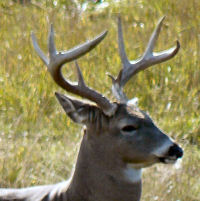
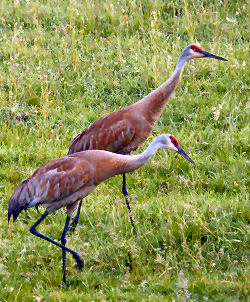
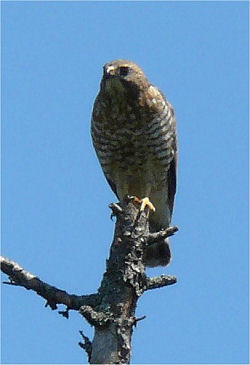
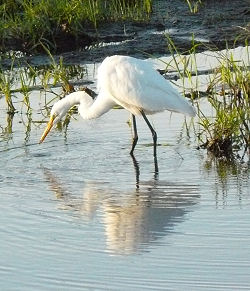
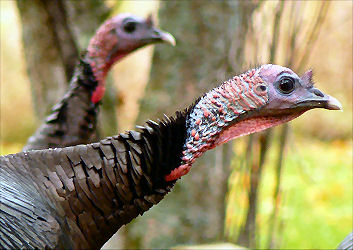
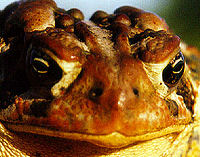
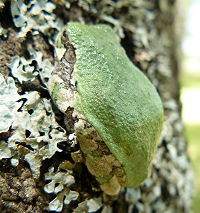
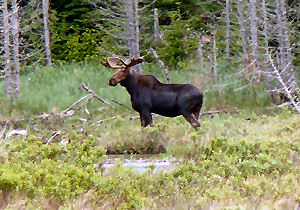
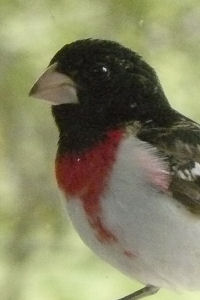
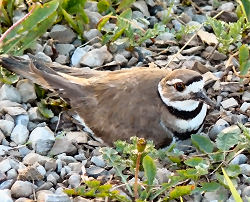
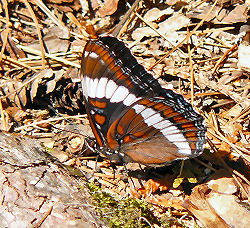
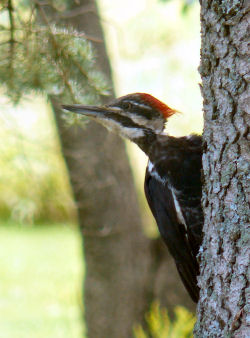
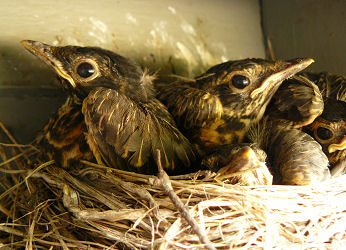
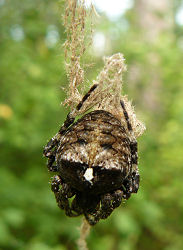
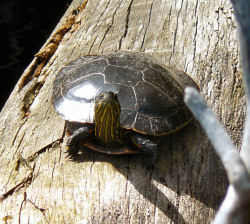

This website is maintained by Bill Cook, Michigan State University Extension
Forest in the Upper Peninsula. Comments, questions,
and suggestions are gratefully accepted.
Last update of this page was 9 January, 2014
This site is hosted by School of Forest Resources and Environmental Science at Michigan Technological University.